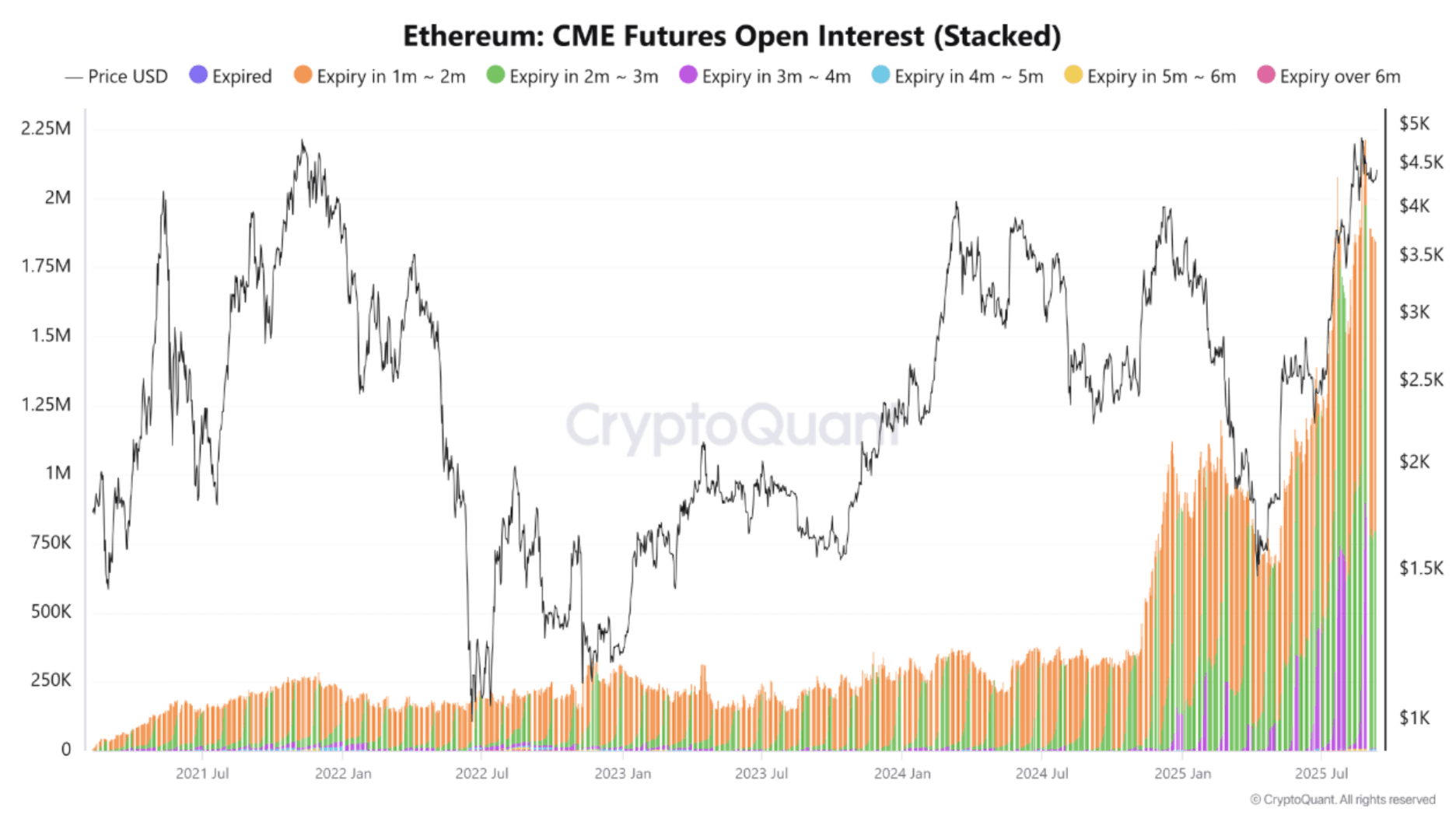In brief
- Quantexa designed an AML solution for mid-size and community banks.
- It can help them identify crypto-powered crime, according to Quantexa’s Christopher Bagnall.
- Stablecoin legislation is expected to unlock new competitors.
Quantexa, a data and analytics software firm, introduced a product on Wednesday that’s intended to help smaller financial institutions fight crypto-powered crime in the U.S.
The London-based company is now offering a cloud-based, anti-money laundering (AML) solution through Microsoft’s cloud computing platform, which is “designed specifically for U.S. mid-size and community banks,” according to a press release.
Quantexa said the pre-packaged product allows teams investigating financial crimes to make faster decisions with less overhead while maintaining accuracy, noting that banks are held to the same compliance standards across the U.S., despite what resources they may have. The product, dubbed Cloud AML, is also meant to reduce “false positives.”
A company survey published earlier this month found that 36% of AML professionals think digital assets will have the biggest impact on the AML industry within the next five years.
The product’s debut follows the passage of stablecoin legislation in the U.S. this summer that’s expected to unlock competition from the likes of Bank of Ameerica and Citigroup. With federal rules in place, stablecoins are expected to become more mainstream.
Some banks are taking a forward-looking approach toward their products, but most are more concerned about the ability to monitor inflows and outflows within the context of financial crime, Chris Bagnall, Quantexa’s head of financial crimes solutions for North America, told Decrypt.
“They’re just trying to find a way to monitor it, and that’s pretty much it,” he said. “Only the most innovative banks, which is a small handful in this space, are focused on making it a business.”
Banks may be able to see that a customer received or sent cash from a cryptocurrency exchange, but where the funds came from beyond that could be a blind spot, Bagnall said. If stablecoins become more common in everyday payments, then infrastructure providers could also emerge as common touch points, as funds flow between digital and traditional rails.
In some ways, stablecoins are prompting banks to take a more comprehensive view of their exposure to crypto-related risks, Bagnall said. In the past, banks knew what they were getting into if approached by a crypto-native firm, but those same factors can apply to individuals.
Daily Debrief Newsletter
Start every day with the top news stories right now, plus original features, a podcast, videos and more.
in well organized HTML format with all tags properly closed. Create appropriate headings and subheadings to organize the content. Ensure the rewritten content is approximately 1500 words. Do not include the title and images. please do not add any introductory text in start and any Note in the end explaining about what you have done or how you done it .i am directly publishing the output as article so please only give me rewritten content. At the end of the content, include a “Conclusion” section and a well-formatted “FAQs” section.










